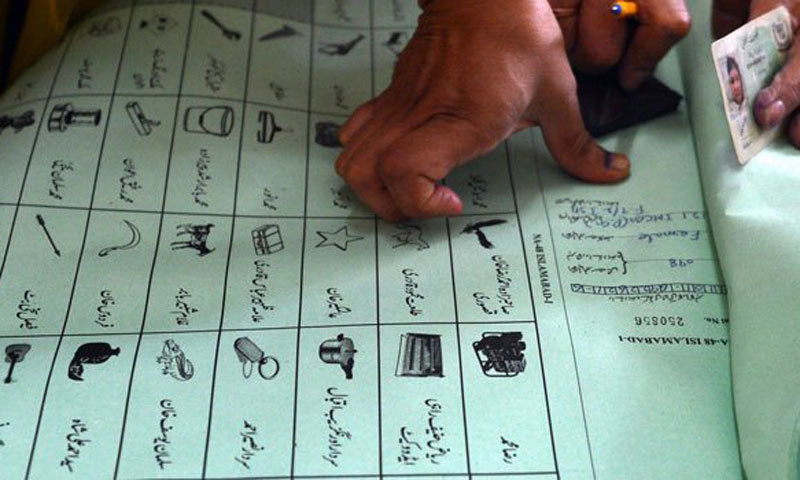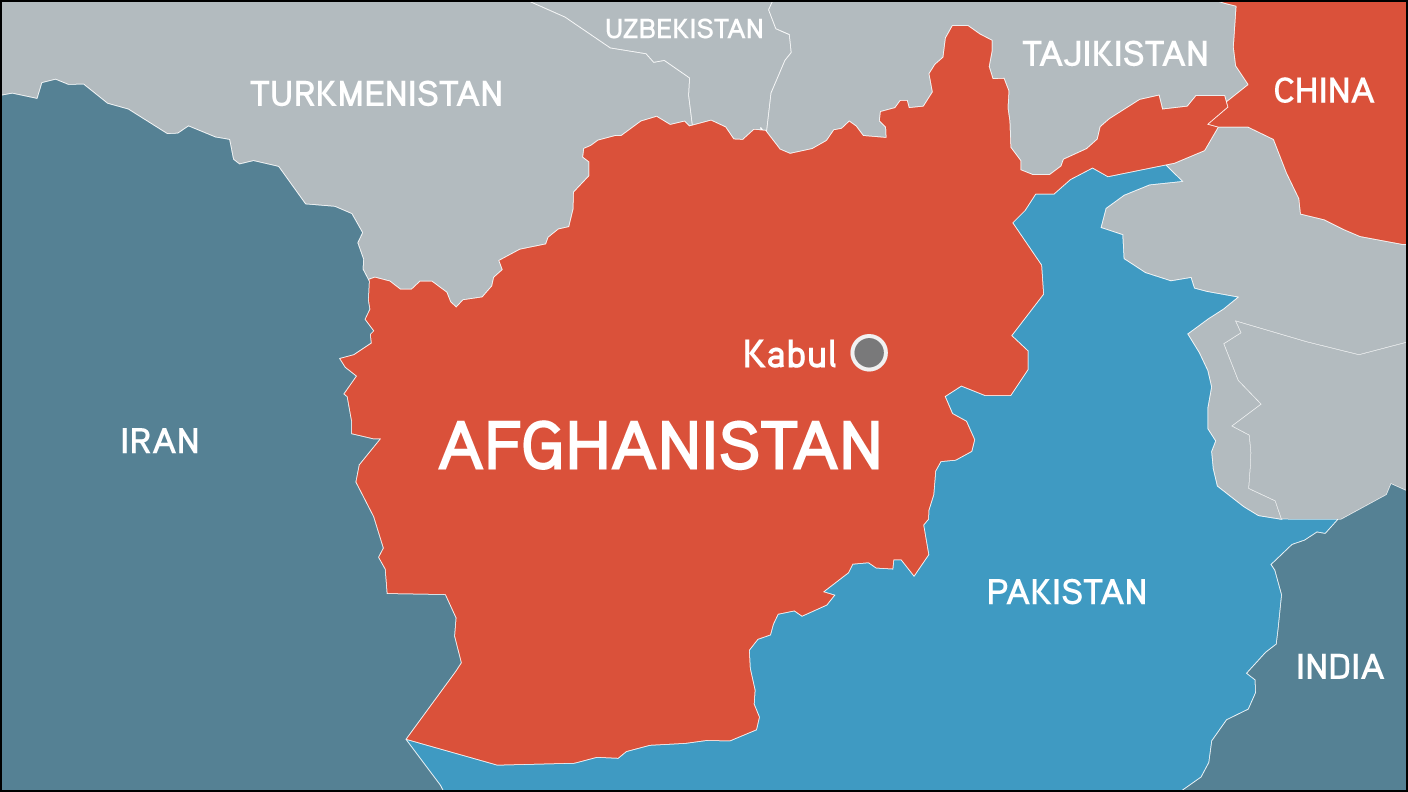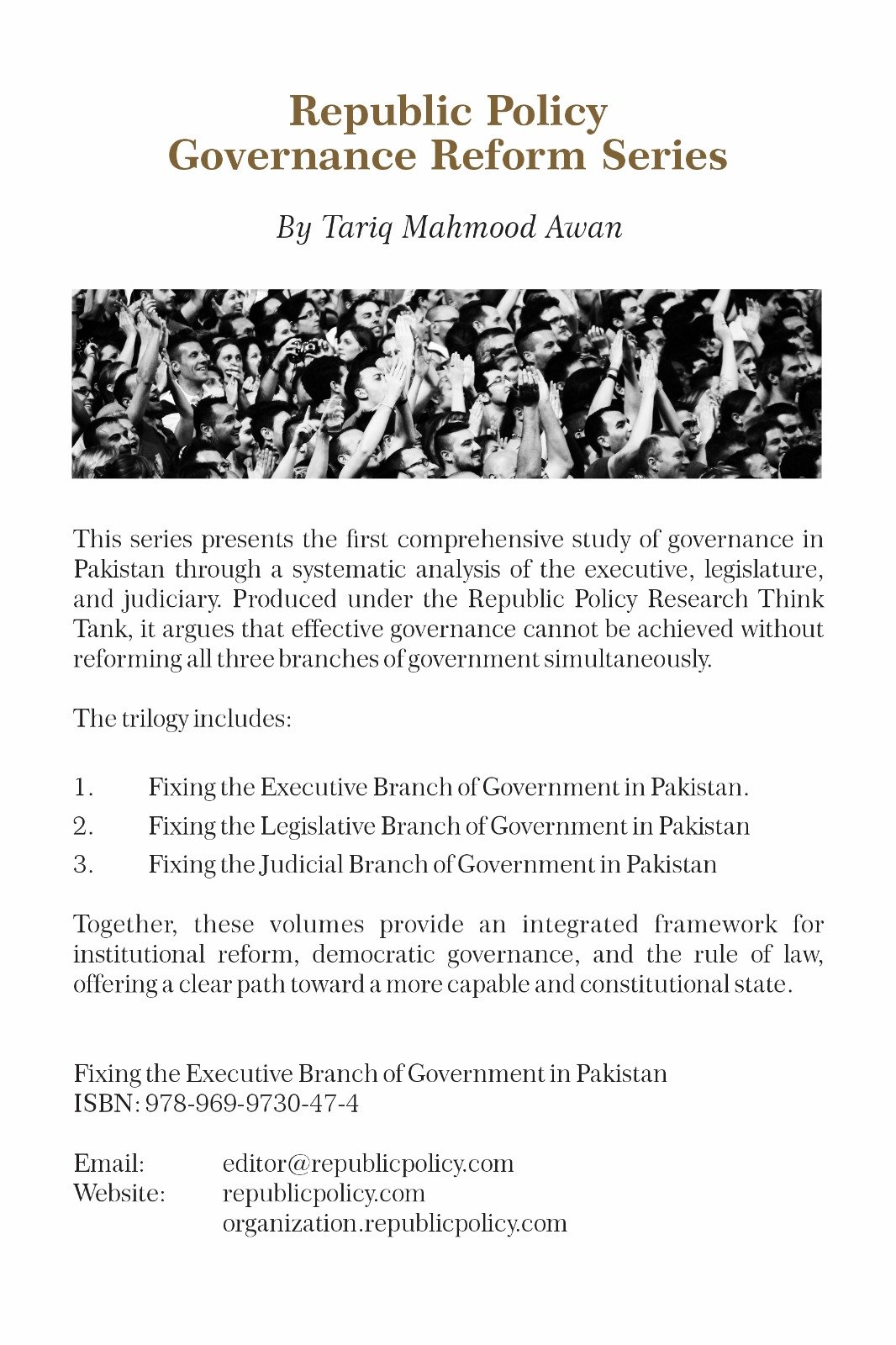Zafar Iqbal
The $7 billion agreement between Pakistan and the International Monetary Fund (IMF) has encountered significant obstacles less than a month after its ratification. The initial assumptions underpinning the deal now appear fundamentally flawed, leaving policymakers with a daunting choice: either to renegotiate the terms of the package or to continue imposing additional taxes that could further stifle economic growth.
Recent statistics indicate that three out of four critical underlying assumptions designed to enable the federal government to reach its ambitious tax collection target of nearly Rs13 trillion have already been proven incorrect by the end of the first quarter of the fiscal year. These assumptions relate to economic growth, inflation, large-scale manufacturing, and imports. Moreover, the federal government has made excessive commitments on behalf of the provincial governments, which are similarly struggling to meet their obligations in the wake of the deal’s implementation.
The first quarter’s official data—from the Federal Board of Revenue’s tax collection goals to the fiscal surpluses of provincial administrations—paints a troubling picture. Deputy Prime Minister Ishaq Dar’s public dissent against the market-determined exchange rate, a core element of the Extended Fund Facility, further complicates the scenario. Despite the IMF’s demands for further devaluation of the rupee, Dar contends that the currency is already undervalued by approximately 16%.
The swift emergence of implementation issues highlights the inadequacies in the negotiation process carried out by both parties. Reports from The Express Tribune suggest that the deal may have significant flaws that could soon unravel its effectiveness. Although GDP growth is within anticipated parameters at around 3%, inflation, imports, and large-scale manufacturing have all diverged from forecasts. Specifically, the average inflation rate—projected at 12.9%—was only 9.2% during the first quarter, and import growth lagged at 8%, far short of the 17% growth rate initially anticipated.
The Ministry of Finance’s recent adjustments to the inflation forecast only add to concerns, projecting that inflation might stabilize between 6-7% in October and further decline to 5.5%-6.5% by November. Despite these revisions, the Federal Board of Revenue has already recorded a Rs90 billion shortfall against its tax collection target in the first quarter, with predictions suggesting this gap may widen by Rs350 billion to Rs400 billion by December.
In light of these developments, the government faces a critical juncture: it must either re-examine the assumptions that guide its fiscal strategy or risk consistently pursuing unattainable targets. The IMF’s contingency measures for a potential tax revenue shortfall could exacerbate challenges, impeding economic growth and diminishing taxpayers’ real incomes. The situation calls for a thorough reassessment of the deal, as even minor budget adjustments may fall short of making up for the unrealistic tax projections rooted in flawed assumptions.
The government’s approach to revenue generation—involving blocking legitimate tax refunds and seeking premature payments—has not succeeded in bridging the monthly revenue gaps. Some officials propose that any interest rate reductions resulting from falling inflation should be counterbalanced against tax targets. The government has allocated Rs9.8 trillion for debt servicing based on an average interest rate of 17.5%, though an anticipated decline in rates may alter this landscape.
With tax targets for the fiscal year set at Rs12.92 trillion, the government has resorted to imposing additional taxes worth Rs1.2 trillion and promised increased compliance among businesses. However, the impact of nominal price growth is expected to amount to Rs1.57 trillion this year, with the first quarter contributing only Rs130 billion—a stark contrast to earlier expectations.
The forecast for the second quarter is expected to worsen, primarily due to the initial miscalculations at the time of signing the deal. Current assessments indicate an anticipated additional shortfall of at least Rs254 billion, compounded by low revenue from sales tax and excise duties at the domestic level. Provincial governments have also struggled to realize the required cash surpluses, missing targets significantly, which could jeopardize overall fiscal stability. Given these compounding issues, it is clear that the current fiscal framework demands urgent revision to avert a deeper economic crisis.













